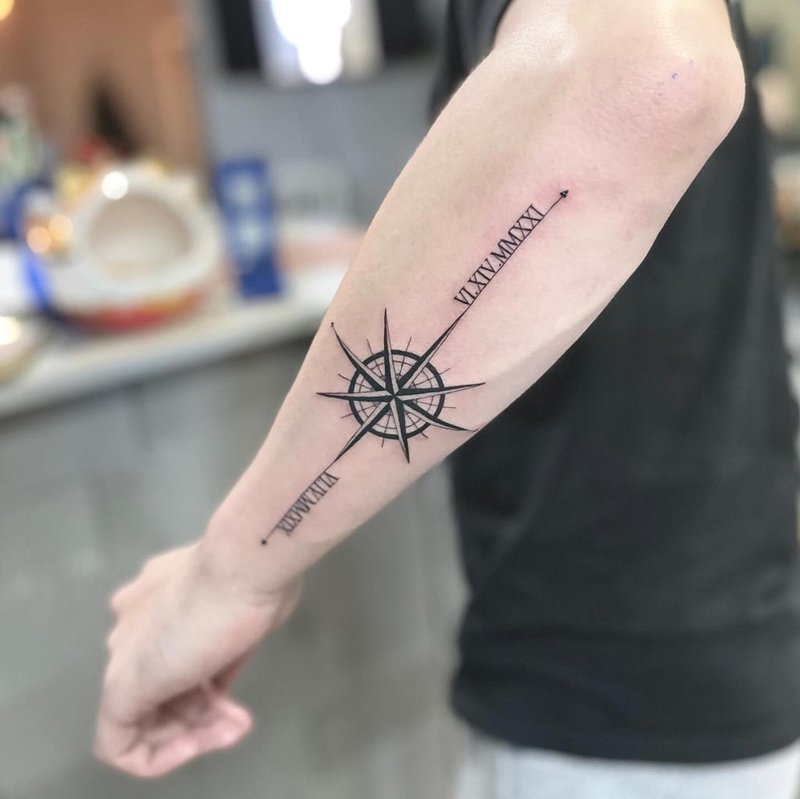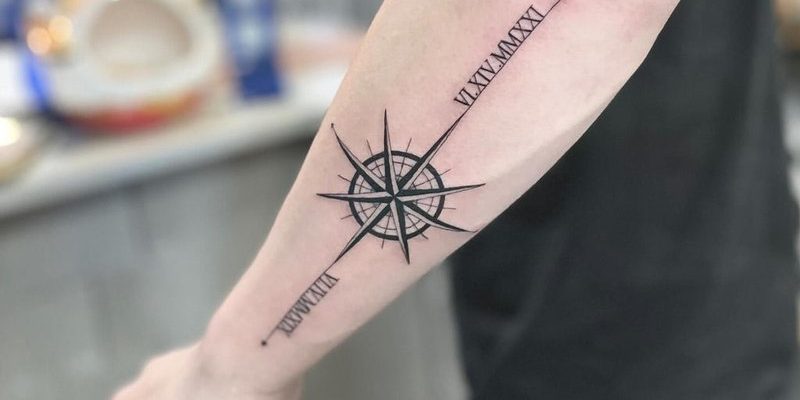
Let’s grab a cup of coffee and dive into the world of animals that share characteristics with the fossa. We’ll explore their unique traits, habitats, and how you can tell them apart. By the end of this chat, you’ll not only know more about these fascinating creatures but also have a better grasp of the remarkable diversity within the animal kingdom.
1. Civet
Civets are often the first cousins of the fossa in the animal family tree. These small, nocturnal mammals are found in tropical Asia and Africa. They have a distinctive cat-like appearance, featuring a long body and bushy tail, similar to the fossa. However, here’s the thing: civets have a more robust build and shorter legs, creating a stockier look.
One of the most notable traits of the civet is its fur, which typically has a spotted or striped pattern. This feature can make them feel a bit more playful and less sleek than the fossa. You might say civets are like the playful little cousins at a family gathering while fossas are the more graceful, agile ones. And let’s not forget about their unique scent glands, which they use to mark territory. This gives them a distinct odor that doesn’t quite match the fossa’s more neutral presence.
Key Differences:
- Body shape: Civets are stockier than the long and slender fossa.
- Fur patterns: Civets usually have spots or stripes, while fossas have a solid color.
- Habitat: Civets thrive in various habitats, while fossas are mainly found in Madagascar.
2. Genet
Next up is the genet, another small mammal that’s often mistaken for the fossa, especially with its elongated body and long tail. Genets are native to Africa, and while they share some behavioral traits with the fossa, like their climbing ability, they sport a more cat-like face and ears which can be quite endearing.
What’s interesting about genets is their fur, often covered in spots or stripes, similar to the civet. But what truly sets them apart is their slender, agile limbs and a habit of making acrobatic leaps. Picture a gymnast navigating a balance beam—genets have that same sort of grace, making them nimble and quick. Honestly, if you see one in the wild, you might momentarily mistake it for a baby fossa, but once you look closer, the differences become clear.
Key Differences:
- Face and ears: Genets have more cat-like features than fossas.
- Color patterns: Their fur is often spotted or striped, unlike the fossa’s solid coat.
- Geographic location: Genets are found in Africa, while fossas are exclusive to Madagascar.
3. Cheetah
At first glance, a cheetah might not seem like it belongs on this list. After all, they’re known for their impressive speed and are quite larger than a fossa. However, the cheetah shares some similarities, such as a similar overall wildness and a slender physique. They also have a long tail, which helps with balance during their incredible sprints.
But here’s where it starts to differ: cheetahs have distinct black spots on their golden fur, which is quite a fashion statement compared to the fossa’s uniform brown coat. You might say cheetahs are like the flashy stars of the animal kingdom, while fossas are more like the understated artisans. They each have their unique way of standing out in the wild, but for very different reasons!
Key Differences:
- Size: Cheetahs are significantly larger than fossas.
- Fur patterns: Cheetahs have distinct spots, while fossas have solid fur.
- Habitat: Cheetahs are found in Africa, while fossas are exclusive to Madagascar.
4. Malagasy Giant Rat
Surprisingly, the Malagasy giant rat isn’t a predator like the fossa but offers a fascinating comparison nonetheless. These rodents, native to Madagascar, have a long body and are often found climbing trees, much like the fossa. Their size can also be misleading; while they’re not as sleek, they’re still somewhat akin in length.
The Malagasy giant rat, however, sports a round face and shorter limbs, distinguishing it from the fossa’s sleek, agile appearance. Imagine a massive fluffball that can scamper up trees—that’s your giant rat! While they might share a habitat and some climbing skills, the differences are evident once you take a closer look.
Key Differences:
- Body shape: The rat is stocky compared to the slender fossa.
- Facial features: The round face of the rat contrasts sharply with the fossa’s sleek features.
- Behavior: The giant rat is primarily herbivorous, while the fossa is carnivorous.
5. Ocelot
The ocelot is another cat you might think resembles the fossa. With its medium size and similar wandering behavior, it’s easy to see why someone might confuse the two. Ocelots have stunning fur patterns, often adorned with rosettes and stripes that make them look like tiny leopards.
However, here’s the key point: ocelots are very much true cats. They have the sharp retractable claws and facial structure typical of the feline family. When you compare them to fossas, you’ll notice that ocelots tend to be more robust, and their playful demeanor is a telltale sign they belong in a different family altogether. If the fossa is the exotic traveler, the ocelot is the elegant socialite.
Key Differences:
- Species: Ocelots belong to the feline family, while fossas are more closely related to mongoose.
- Fur patterns: Ocelots’ rosettes are distinct and colorful compared to the fossa’s solid coat.
- Behavior: Ocelots exhibit behaviors typical of cats, unlike the fossa’s unique predatory skills.
6. African Golden Cat
Another feline that’s frequently mentioned in the same breath as the fossa is the African golden cat. This elusive creature bears a strong resemblance to the fossa, especially when it comes to body shape and size. They typically have a tawny coat that’s slightly darker than a fossa’s, often with more pronounced markings.
However, the key difference here lies in their habitat and behavior. African golden cats are more secretive and are found in the dense forests of West and Central Africa. You might say they’re the introverted cousins at the family reunion—similar but keeping to themselves. While both animals are adaptable, the African golden cat exhibits behavior more akin to traditional cats, unlike the unique traits of the fossa.
Key Differences:
- Habitat: African golden cats prefer dense forests, while fossas are Madagascar-based.
- Markings: African golden cats have more varied patterns compared to the fossa’s solid fur.
- Behavior: They exhibit more solitary tendencies characteristic of true cats.
7. Tree Kangaroo
You might find it surprising to see a kangaroo on this list, but tree kangaroos are fascinating creatures that share some climbing abilities with fossas. While they hail from Australia and New Guinea, their strong limbs and tails help them navigate trees with ease, much like the fossa.
However, the differences are noteworthy; tree kangaroos have a wider, bulkier build, and their fur is softer and often more colorful than the fossa’s sleek exterior. Imagine a fluffy couch potato trying to climb a tree—it’s certainly entertaining! While both animals are skilled at climbing, their body shapes and habitats are quite different.
Key Differences:
- Body type: Tree kangaroos are bulkier, while fossas are more slender.
- Fur texture: Tree kangaroos have softer coats with various colors.
- Geographical distribution: Tree kangaroos are found in Australia/New Guinea, contrasting with fossas in Madagascar.
8. Badger
Badgers may not seem like an obvious comparison, but they too have a stocky body and affinity for burrowing. Found primarily in North America and Europe, badgers have a distinctive shape and are often known for their strong forelimbs.
While fossas are agile tree dwellers, badgers typically dwell underground, which gives them a completely different lifestyle. Their short, powerful legs and broad bodies contrast sharply with the fossa’s long, graceful limbs. Badgers are a bit like the rough-and-tumble types at a party—distinct in their habits and physicality compared to the elegant fossa.
Key Differences:
- Body structure: Badgers are much stockier with shorter limbs.
- Habitat: Unlike fossas, badgers prefer burrowing in the ground.
- Behavior: Badgers are more nocturnal and sedentary, contrasting with the fossa’s agile lifestyle.
9. Ferret
Ferrets are known for their playful and curious nature, making them similar to the fossa in terms of being agile and intriguing. They are small, long-bodied creatures that can often be seen darting around. While ferrets are domesticated, they share similarities in body structure and movement with the fossa.
However, here’s the twist: ferrets have shorter legs and a more rounded face than the sleek fossa. Additionally, their social behavior and charming antics set them apart from the more solitary fossa. Think of ferrets as the quirky entertainers of the animal kingdom, whereas fossas are more like the quiet observers.
Key Differences:
- Domestication: Ferrets are often kept as pets, while fossas are wild animals.
- Body shape: Ferrets have a rounder face and shorter legs compared to the fossa.
- Behavior: Ferrets are social, while fossas tend to be more solitary.
10. African Wild Dog
While African wild dogs are quite different in size and behavior, they share a wild energy similar to that of the fossa. Known for their incredible pack dynamics and social behaviors, these canines are larger, featuring large ears and a coat with patches of color.
Unlike the lone fossa, African wild dogs thrive in groups and are known for their cooperative hunting strategies. If the fossa is the solo artist of the wild, the African wild dog is the ensemble performer. Their social structures and hunting techniques prove to be vastly different, showcasing a range of adaptations in the animal kingdom.
Key Differences:
- Size: African wild dogs are significantly larger than fossas.
- Pack behavior: Wild dogs hunt in groups, whereas fossas are generally solitary.
- Physical traits: Wild dogs have large ears and a patchy coat compared to the fossa’s sleek form.
In conclusion, exploring the similarities and differences between the fossa and these fascinating animals offers a glimpse into the rich diversity of nature. Each creature has its own unique traits, living habits, and adaptations, showcasing the beautiful tapestry of life on our planet. Next time you hear about the fossa, you’ll not only appreciate its individuality but also have a better understanding of its relatives in the wild!

